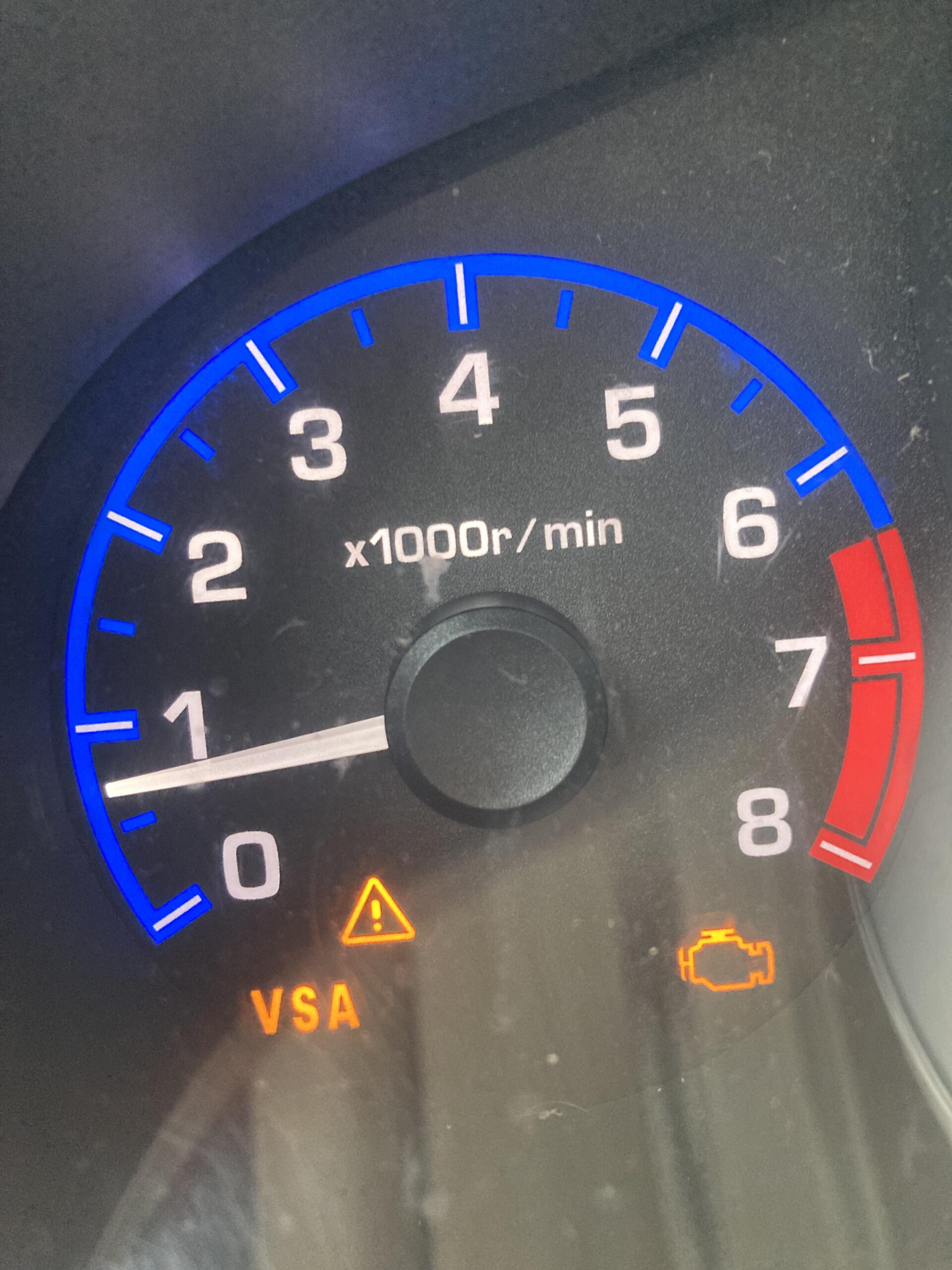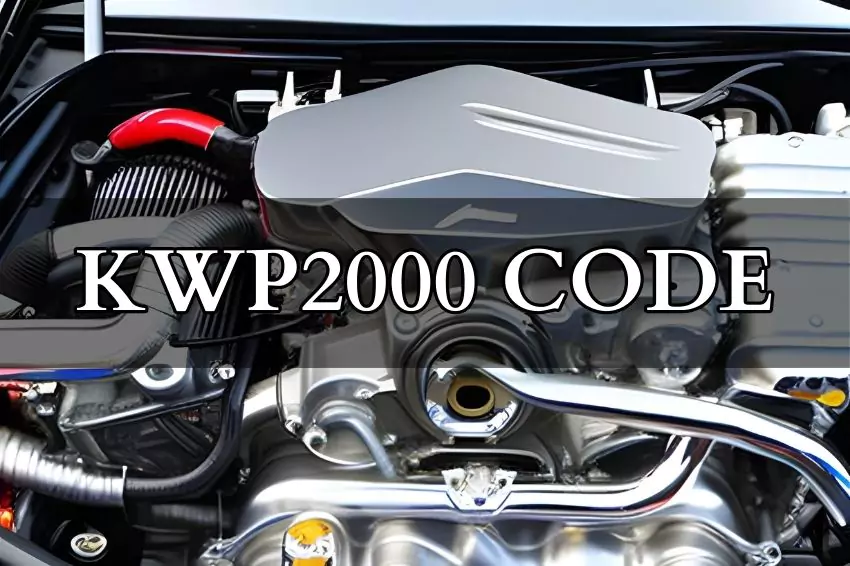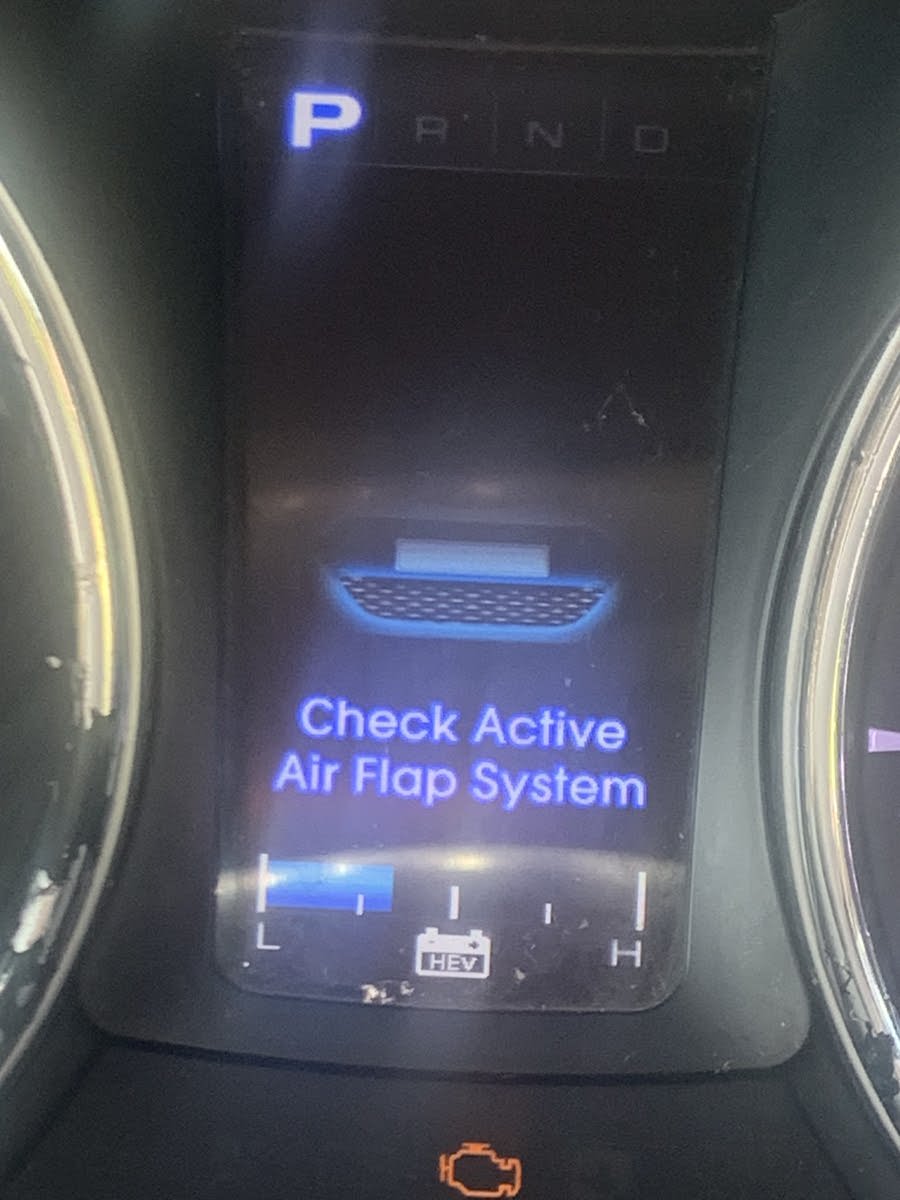Knowing the auditory cues emitted by your vehicle is crucial for gauging its power and performance capabilities.
A humming or purring sound typically signifies the optimal health of engine components and overall vehicle function.
On the contrary, a sputtering noise emanating from under the hood may signal a potential issue that demands immediate attention.
Postponing engine repairs can lead to escalating costs, as problems associated with sputtering engines seldom resolve themselves or improve with time.
While running low on gas could be a simple explanation for your car’s sputtering, it’s essential to recognize that more serious issues, such as fuel or exhaust system malfunctions, may be at play—even if the check engine light remains unilluminated.
This category often includes parts that have become dirty or worn out.
In this discussion, we will delve into the significance of addressing engine sputtering promptly and explore potential reasons behind this concerning auditory symptom.
Also Read: [SOLVED] How Do You Fix & Reset TPMS Error Nissan Altima
What Are the Common Causes of Engine Sputtering?
The phenomenon of engine sputtering becomes evident to drivers through distinct auditory and tactile irregularities.
Any deviation from the usual smooth operation may be indicative of backfiring, presenting a range of potential issues causing the engine to emit a gasping sound.
In the process of troubleshooting a problematic vehicle, a seasoned mechanic often conducts a diagnostic assessment.
Delving into the potential reasons behind engine sputtering, here are some possibilities that could be contributing to this concerning behavior.
-
Clogged Fuel Filter
A crucial component in the engine’s fuel delivery system, the fuel filter plays a pivotal role in ensuring the cleanliness of fuel reaching the fuel injectors. As the engine relies on a precise mixture of air and fuel for combustion, any obstruction in this process can lead to performance issues.
When the fuel filter becomes clogged, it hampers the smooth flow of fuel, resulting in reduced fuel pressure or potential blockages in the fuel injectors. This disruption can lead to an engine running on a lean mixture, a condition that is often associated with sputtering.
To mitigate the risk of engine sputtering, timely replacement of the fuel filter is essential. Running an engine with a clogged fuel filter not only diminishes fuel efficiency but also increases the likelihood of sputtering due to insufficient fuel pressure.
Keep a close eye on your vehicle’s service schedule, and if the fuel filter replacement is overdue, it’s imperative to address it promptly. Fortunately, replacing fuel filters is typically a straightforward task and is relatively cost-effective, making it a preventive measure worth prioritizing for optimal engine performance.
-
Issues with Oxygen Sensors
Oxygen sensors play a critical role in monitoring the exhaust gases as they exit the combustion chamber in a vehicle. These sensors provide crucial data to the vehicle’s computer, which, in turn, adjusts the amount of fuel delivered to the engine based on the observed oxygen levels.
When these sensors become dirty or malfunction, they can disrupt the precision of the fuel-to-air ratio, leading to a compromised combustion process. This imbalance may result in the engine running erratically or sputtering, as an incorrect amount of fuel is being delivered. Too much fuel can cause a rich mixture, while too little can result in a lean mixture, both of which contribute to performance issues.
Regular maintenance, including the periodic replacement of oxygen sensors, is essential to ensure the accuracy of the feedback loop between the sensors and the engine control unit.
Over time, sensors can accumulate deposits or wear out, diminishing their effectiveness. Therefore, incorporating sensor replacement into routine vehicle care is a proactive measure to prevent sputtering and maintain optimal engine efficiency.
By addressing issues with oxygen sensors promptly, you not only enhance the engine’s performance but also contribute to fuel efficiency and overall vehicle longevity.
-
Contaminated Fuel Injectors
The fuel injectors play a crucial role in delivering the precise amount of fuel to the engine cylinders, where it combines with air before ignition. This meticulously timed process is fundamental to the engine’s efficient combustion and overall performance.
However, as time elapses, the nozzles of the fuel injectors are susceptible to accumulating deposits and contaminants. When these nozzles become clogged, the ramifications can be felt in various aspects of engine operation. One notable consequence is a sputtering engine, a symptom often accompanied by sluggish acceleration and a noticeable reduction in power.
The impediment caused by dirty fuel injectors disrupts the harmonious blend of fuel and air required for optimal combustion. This disruption not only leads to a compromised driving experience but can also contribute to decreased fuel efficiency.
In cases where the issue is identified early, cleaning the fuel injectors can be a viable solution. Routine maintenance that includes injector cleaning can help prevent the accumulation of deposits. However, if the problem persists or worsens, replacement of the fuel injectors may become necessary to restore the engine’s performance to its optimal state.
Addressing the cleanliness and functionality of fuel injectors is integral to sustaining the engine’s efficiency and ensuring a smooth driving experience. Regular inspection and maintenance routines can mitigate the risk of clogging, promoting consistent power delivery and responsiveness.
-
Issues in the Fuel System
Complications within the fuel system, such as a obstructed filter, a malfunctioning pump, and clogged injectors, can lead to engine sputtering.
The fuel tank, fuel injectors, and pump collectively play vital roles in ensuring a seamless flow of fuel from the tank to the engine. In this intricate process, fuel and air combine to form an optimal mixture, crucial for the combustion that propels your vehicle.
The presence of dirt and debris poses a risk to the fuel filter, pump, and injectors. If any one of these components becomes clogged, it can result in failure. Consequently, the engine’s performance may deteriorate significantly or, in severe cases, lead to complete failure.
-
Worn Out Spark Plugs
Consider replacing your spark plugs if you experience engine sputtering. Spark plugs play a pivotal role as one of the most crucial components in your engine.
These small yet powerful spark plugs are responsible for igniting the air and fuel mixture that powers your vehicle’s engine. Should they become dirty or malfunction, there’s a risk that your vehicle may ultimately fail to start. Regular maintenance of spark plugs is therefore essential for ensuring the consistent and reliable operation of your engine.
-
Running Low on Fuel
One prevalent cause of engine sputtering is running low on gas, a situation that demands attention to prevent further complications. As the fuel level decreases, the engine may exhibit sputtering behavior, signaling the need for a timely refuel.
The progression of this issue is noteworthy. If the fuel level is not replenished, the engine may eventually run out of fuel, resulting in an inability to start the car. Therefore, when encountering engine sputters, the initial course of action should be to check the fuel gauge. A declining fuel level is often indicated by the characteristic sputtering sound, serving as an audible reminder to address the fuel situation promptly.
However, it’s essential to exercise discernment. If the fuel gauge still registers a sufficient amount of gas, the likelihood of running out of fuel diminishes, unless there is a malfunction in the gauge itself. Regular monitoring of fuel levels and addressing sputtering promptly not only prevents the inconvenience of a stalled vehicle but also contributes to the overall health and longevity of the engine.
-
A contaminated mass airflow sensor
The presence of a dirty mass airflow sensor can significantly contribute to the occurrence of sputtering engines, presenting a cascade of issues within the engine’s performance.
The mass airflow sensor plays a pivotal role by measuring the incoming air as it enters the fuel injection system. This crucial information is transmitted to the vehicle’s computer, facilitating the precise regulation of the fuel entering the combustion chamber. An unsoiled mass airflow sensor ensures that the combustion process receives the appropriate amount of fuel for efficient engine operation.
However, when contamination accumulates on the mass airflow sensor, a chain reaction of adverse effects is set in motion. The consequence is a rough running or sputtering engine, disrupting the harmonious balance required for optimal combustion.
Delving deeper into the fuel injection process, this sensor meticulously monitors not only the volume of air but also its temperature and weight as it journeys to the engine. A dirty mass airflow sensor not only jeopardizes engine performance but can also give rise to a host of additional problems beyond diminished fuel efficiency, such as compromised emission control and potential damage to other engine components.
In essence, the cleanliness and proper functioning of the mass airflow sensor are paramount. Addressing issues promptly, including routine cleaning or replacement, is crucial for maintaining an optimal air-fuel mixture, safeguarding engine performance, and preventing a myriad of associated problems.
Fuel System Issues Manifested Through Engine Grunting
The occurrence of engine grunting often signals underlying problems within the fuel system. The sputtering, characterized by disrupted combustion, can be attributed to low fuel levels, stemming from either fuel system leaks or insufficient gas in the tank.
The fuel system’s primary function is to deliver the precise amount of fuel by injecting it into the engine’s cylinders. When injector sprays become clogged, worn, or damaged, the cylinders are deprived of the necessary fuel supply. This interruption in fuel delivery forces the engine to exert more effort to perform its tasks, leading to the distinctive grunting sound.
The consequence of this fuel system malfunction is an engine that sputters, struggling to maintain optimal performance. Repairing or replacing fuel injectors in high-end vehicles like BMW, Audi, or Mercedes Benz can incur a significant cost, ranging between $1200 and $1500.
Fortunately, there is a potential cost-saving avenue. If the issue lies in a clogged or dirty injector nozzle, rather than opting for a complete replacement, a thorough cleaning may restore functionality. This approach could save you several hundred dollars while ensuring the efficient operation of your vehicle’s fuel system.
Regular maintenance and timely intervention in the face of engine grunting can thus prove to be both economically prudent and instrumental in preserving the longevity of your vehicle’s fuel components.
Can Exhaust System Issues Lead to Engine Repair?
Fuel system troubles don’t exclusively translate to engine stuttering. Sputtering engines can also trace their woes to the comprehensive and intricate exhaust system.
The exhaust system in your vehicle plays a pivotal role in safely expelling toxic chemicals and engine emissions.
However, if any component in the exhaust system develops leaks or wears out, your engine is likely to sputter.
In the event of a leak in one of your vehicle’s exhaust system gaskets, you’ll also detect strong burning smells from beneath.
This occurs because a leak compromises the functionality of the broader exhaust system.
As a result, the device cannot efficiently and safely release toxic fumes. Failing to address this problem promptly may lead to engine sputtering, with toxic fumes potentially infiltrating your cabin.
FAQs – Car Sputters When Accelerating But No Check Engine Light
How do you fix an engine sputter?
Resolving engine sputtering often involves addressing issues with the fuel system, such as cleaning or replacing fuel injectors, checking the mass airflow sensor, and ensuring the spark plugs are in optimal condition.
What causes sputtering on acceleration?
Sputtering during acceleration can be attributed to various factors, including fuel delivery issues, ignition system problems, clogged air filters, or malfunctioning sensors. Diagnosing the specific cause is crucial for effective resolution.
When I press the accelerator, my car stutters?
Stuttering upon accelerator input may result from issues like a malfunctioning mass airflow sensor, clogged fuel injectors, or problems with the ignition system. A thorough diagnostic assessment is recommended.
What does it mean when your car sputters when you give it gas?
Sputtering when giving gas could signify issues with the fuel system, such as a clogged fuel filter, faulty injectors, or a malfunctioning fuel pump. Ignition system problems may also contribute to this symptom.
What are the symptoms of a bad accelerator pump?
Signs of a faulty accelerator pump include engine hesitation, stumbling, or sputtering during acceleration. Poor fuel delivery and uneven engine performance are indicative of potential issues with the accelerator pump.
How do you fix car acceleration problems?
Addressing acceleration problems involves diagnosing and resolving underlying issues. This may include checking and replacing faulty sensors, ensuring a clean fuel system, inspecting the ignition system, and evaluating the overall engine health.
How can I test if my fuel pump is working?
Testing the fuel pump involves checking fuel pressure using a pressure gauge, inspecting for fuel leaks, and listening for the pump’s operation when the ignition is turned on. These tests help determine if the fuel pump is functioning correctly.
How do you know if you have a fuel pump problem?
Symptoms of a fuel pump problem include engine sputtering, difficulty starting, reduced power, and stalling. Additionally, if the fuel pump is making unusual noises or there is a drop in fuel efficiency, it may indicate a malfunction.
How do you adjust an accelerator pump?
Adjusting an accelerator pump involves modifying its stroke or linkage to regulate fuel delivery during acceleration. Specific adjustment procedures may vary, and consulting the vehicle’s service manual is recommended for accurate adjustments.
Conclusion – Car Sputters When Accelerating But No Check Engine Light
Engine sputtering, though sporadic, can pose significant risks to your vehicle if ignored.
It is imperative to promptly address and correct the issue before any further damage occurs.
A sputtering engine often serves as an early warning sign of underlying problems that require immediate attention.
If your gas gauge indicates a full tank, and yet the engine continues to sputter, it suggests that the root cause of the problem lies deeper within the engine compartment.
In such cases, timely investigation and resolution are essential.




